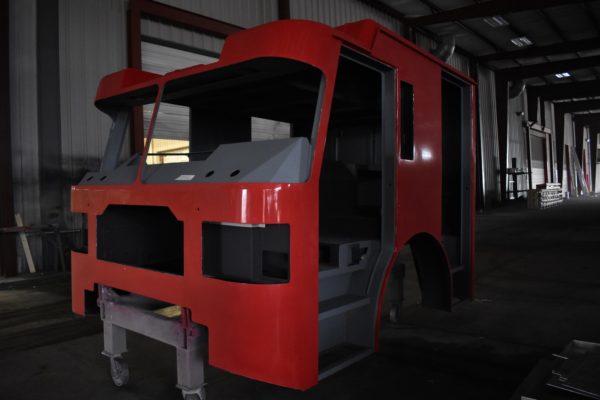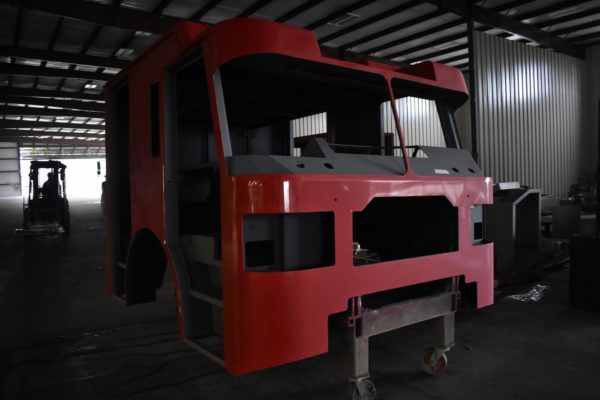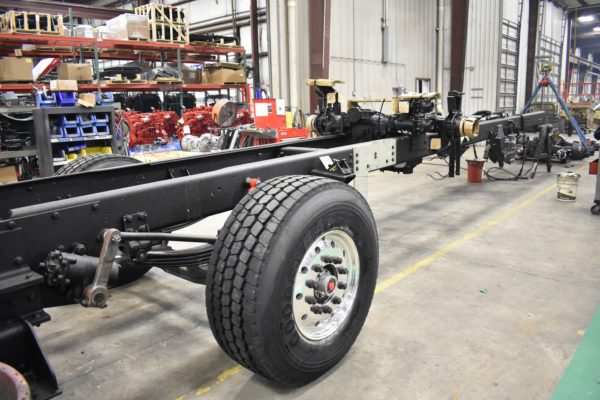Excerpts from the News-gazette.com:
Champaign city council members gave initial approval to further integrating the fire department and local ambulance services Tuesday after fire Chief Gary Ludwig proposed changes to the city’s 1988 ambulance ordinance, last updated in 2002.
Ludwig, who claimed his department arrived at 911 scenes a few minutes before ambulances more than 97 percent of the time in 2017, said he envisions having a clearly established chain of command for 911-call response.
He said he wants the fire department to have overall scene command with ambulance personnel responding to a fire department incident commander. But at the scene of a call, this chain of command would put ambulance personnel in charge of all patient-care planning and decisions.
Two private companies, Arrow Ambulance and Pro Ambulance, switch off monthly to provide services in Champaign. The fire department, a public entity, is also trained in emergency-response services.
In addition to integration, Ludwig said he wants to update the 1988 ordinance to reflect advances in emergency-medical-services training, technology, methodology, and data analysis. Overall, his proposed changes affect areas including chain of command, training, and city fees.
Since the last change to annual ambulance license fees was in 2002, Ludwig said, it’s time for a new price. He researched fees in nearby areas and crunched department numbers to come up with a proposal of $15,000 — a major increase from the current $125.
Champaign currently pays about $30,840 per year to provide support and first-response services … including medical supplies and training to ambulance companies, according to the report. That figure excludes costs for labor and METCAD 911 dispatching. The $15,000 price comes from splitting up the total expense for each company.
Another proposed change is to have fire and ambulance personnel do monthly medical training together. This would prepare ambulance personnel for working at fire scenes and helping injured firefighters. Additional training for ambulance management personnel is also proposed, focusing on incident command, awareness and defensive driving — parts of the National Incident Management System.
Ludwig is also asking the ambulance companies to report their response-time data every month instead of about every two months like they do now. The current ordinance doesn’t require any ambulance data reporting.

































